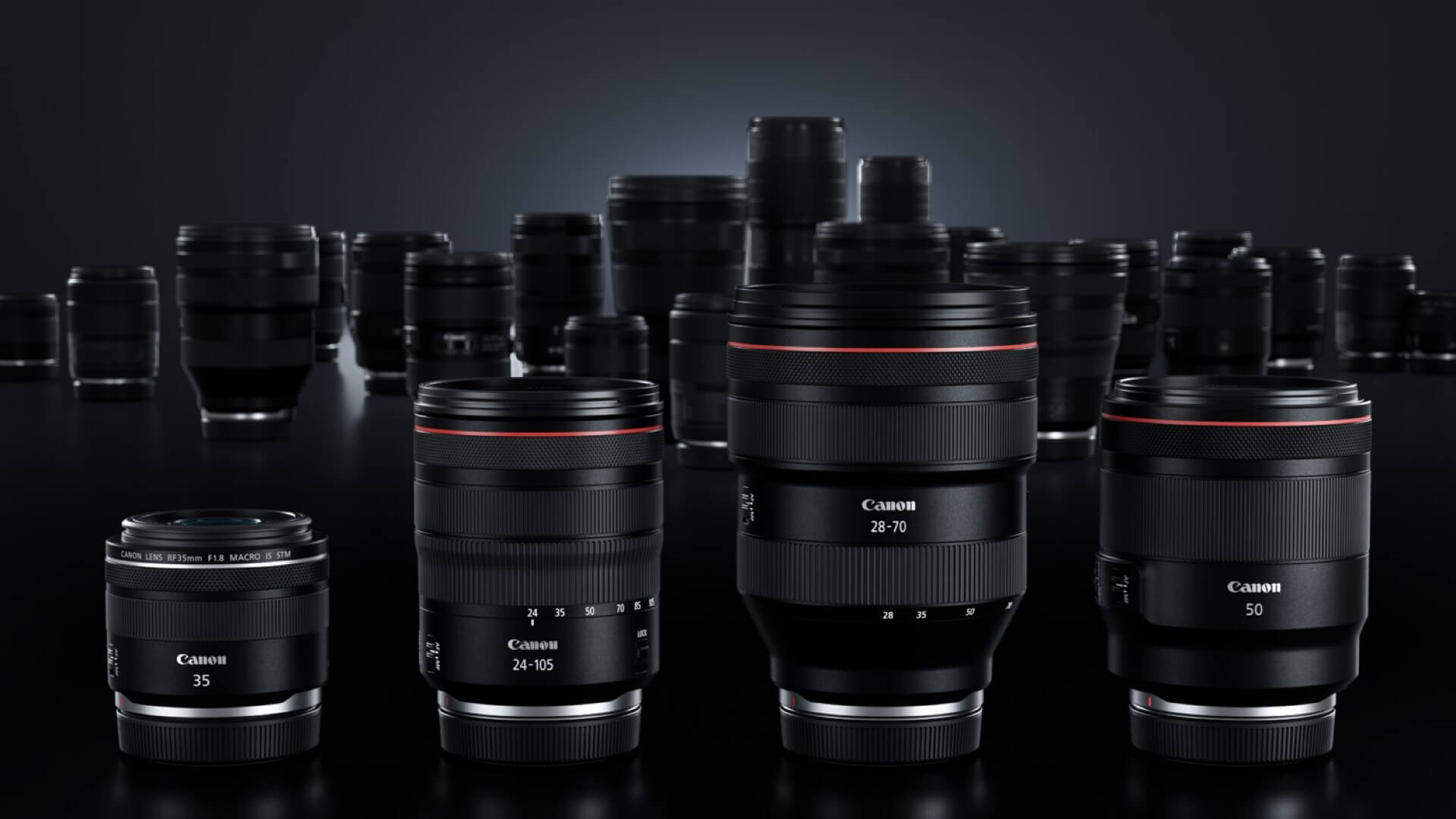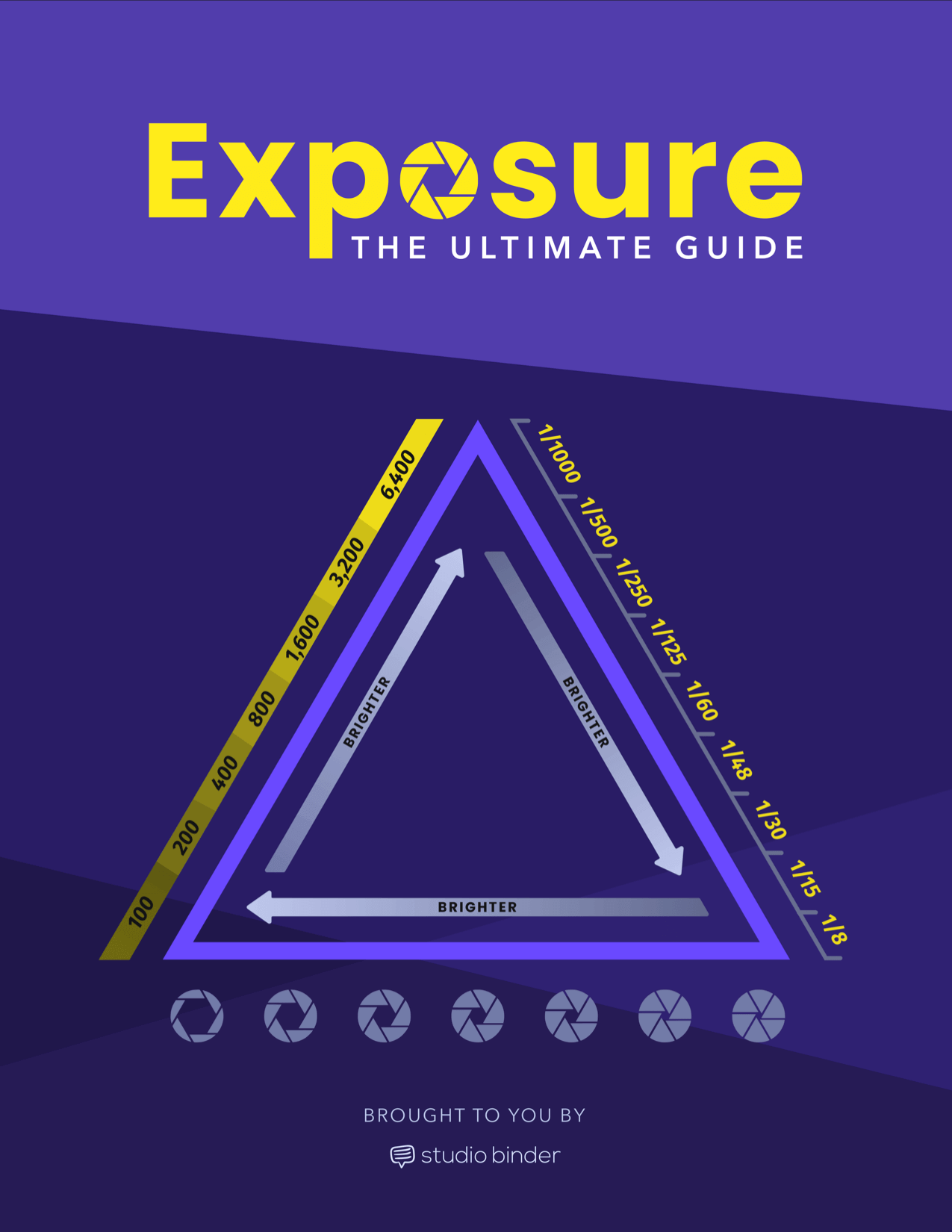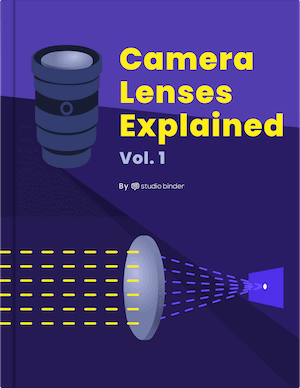Choosing a lens is a key determinant to the composition of a shot. When first deciding what lens you want to reach for, you must first decide whether the shot calls for a prime lens or a zoom lens. What is a zoom lens? In this article we’ll answer all your questions about zoom lenses and examine how some of the best filmmakers of all time use these lenses to create some of the most iconic shots in cinema.
What is a zoom lens?
First, let’s define zoom lens
There are various types of zoom lenses: telephoto zoom lenses, super zoom lenses, wide angle zoom lenses, even macro zoom lenses. Despite the variety, all of these lenses fall under one basic definition. Let’s first define what a zoom lens is so we can understand how it differs from other types of lenses.
ZOOM LENS DEFINITION
What is a zoom lens?
A zoom lens is a type of lens that can vary its focal length by physically moving various optical mechanisms in the lens. Zoom lenses differ from prime lenses which have a fixed focal length. Photographers and cinematographers use a zoom lens to zoom in or out from a subject giving the appearance of moving closer or further from the subject without physically moving the camera. These lenses are also used to achieve a dolly zoom shot.
What is a zoom lens used for?
- Comedic or dramatic effect
- Draw attention to important details
- Reveal setting or context around a subject
Before we get into the pros and cons of zoom lenses, take a minute to download our FREE Ebook — Camera Lenses Explained Vol. 1 — where we cover everything you need to know about the different types of camera lenses, their unique visual characteristics, and how to use them.
Free downloadable bonus
FREE Download
Camera Lenses Explained
Every type of camera lens has distinct qualities and visual characteristics that every image-maker should understand. Download our FREE e-book to get in-depth explanations on prime vs. zoom lenses, anamorphic vs. spherical lenses, wide angle, standard, telephoto and even specialty lenses that all tell a slightly different story.
When was the lens created?
The history of the zoom lens
The origins of the optical zoom can actually be traced back to the 1800s. Back then, mechanisms could be found in telescopes that are similar to how zoom lenses work.
It was not until 1902 that Clile C. Allen invented and patented the first zoom. However, it took another twenty years for optical zoom lenses to start being used more widely in cinema. Most notable is the use of the lens in the 1927 film It starring Clara Bow. In our video below, you'll see this original zoom shot along with many others and creative variations.
Ultimate Guide to Zoom Shots
When iconic directors such as Alfred Hitchcock and Orson Welles began using the lenses in their films for both practical and artistic effect, advancements in lens technology really began to take off.
What is a zoom lens used for today? Filmmakers today are inspired by the use of these lenses by notable filmmakers such as Martin Scorsese, Quentin Tarantino, and of course, Stanley Kubrick.
The zoom shot is a consistent tool used in Kubrick’s directing style. Check out this super cut of various shots from some of Kubrick’s best films that demonstrate the different ways Kubrick used these lenses.
The Kubrick Zoom
A major part of what cinematographers do is find the appropriate lenses for any given scene or entire movie. So, why would a cinematographer or photographer opt for a zoom over a prime lens? Let’s dig into the advantages and disadvantages of both.
Related Posts
Prime or zoom lens
Prime vs zoom lens
While a zoom lens is able to vary its focal length, a prime lens, on the other hand, has a fixed focal length. The ability to have multiple focal length options in a single lens sounds ideal, right? But there are other considerations that make the decision a little more complicated.
Prime vs zoom lens • Differences Explained
The prime vs zoom lens debate is based on a few characteristics. The difference between a prime vs zoom lens actually comes down to the optical mechanisms within the lens.
Prime lenses have fixed, simple construction whereas a zoom lens has a more complex construction composed of moving optical mechanisms.



Prime vs Zoom Lens
This fact leads us to some of the more logistical disadvantages of the zoom lens. With a prime lens, it is impossible to make your subject larger without physically moving the camera closer to it. And, because of its more complex construction, high quality zoom lenses are typically more expensive than simpler prime lenses. Large format zoom lenses can cost a pretty penny.
Another downfall of the design of the lens is the aperture. Zooms typically have smaller apertures than prime lenses. If a shallow depth of field is important for your shot, it’s important to note that high quality zoom lenses typically have an aperture no wider than f/2.8.
This limits how shallow you can go with your depth of field. This also means that because of the limits of the aperture, zooms have less flexibility to shoot in low-light situations.
Here's a breakdown of how aperture works in creating depth of field and the various storytelling advantages associated with it.
What is Aperture? • Subscribe on YouTube
Lastly, because of the moving parts and optical mechanisms within a zoom lens, they are typically much heavier. Super zoom lenses are especially heavy. This is something to remember when using your camera on various camera rigs such as stabilizers or tripods.
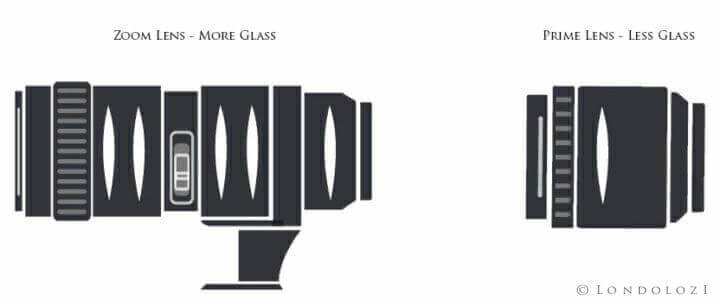
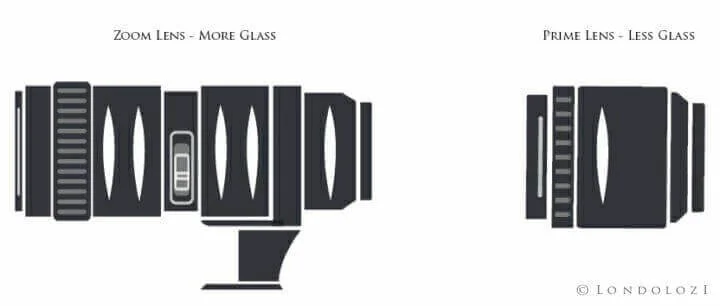

Prime vs Zoom Lens Weight
All of this being said, there are still plenty of advantages and uses for a zoom lens. It’s ability to change focal length makes it extremely versatile while its actual zoom mechanism has proven to be a tool for both practical and artistic function.
Related Posts
What are zoom lenses good for?
Change composition with a zoom
Let’s start with the more obvious reasons to use a zoom lens. Given its ability to zoom in or zoom out, they are great when you want to change the shot composition or camera framing without moving the camera.
This can be great when you need to zoom in to draw attention to a specific detail. Kubrick, again, uses the zoom out to reveal the setting or context like in this iconic opening shot from A Clockwork Orange.
A Clockwork Orange • Zoom Lens examples
Beyond its practical uses, the zoom lens has been creatively utilized by filmmakers for artistic effect for decades. These filmmakers focused less on what a zoom lens can capture within the frame, but rather how the movement of the lens can make an audience feel.
What is a zoom lens used for?
Punch in with a crash zoom
For example, a distinctive aspect of Quentin Tarantino’s directing style is the crash zoom. Tarantino typically uses it for dramatic and comedic effect when shooting reaction shots. The quick crash zooms also add energy to a shot that would otherwise be rather stagnant.
Tarantino often uses telephoto zoom lenses to crash zoom into a subject from a distance. Here’s a super cut of different crash zooms in Tarantino’s best films.
Tarantino and the Crash Zoom Lens examples
Crash zooms are not the only creative way filmmakers use the zoom lens. What is a zoom lens used for when the camera sits on a dolly? None other than the dolly zoom of course.
Zoom lens examples
Dolly zooms in action
Zoom lenses are also combined with the use of a dolly shot to create the dolly zoom (aka zolly). A dolly zoom dollies either toward or away from a subject while simultaneously zooming out or in the opposite direction.
The Dolly Zoom Effect • Subscribe on YouTube
This creates a vertigo effect that can be unsettling and uneasy. Filmmakers can use either telephoto zoom lenses or wide angle zoom lenses to create a different zolly effect.
Check out our video in which we break down the effects of the dolly zoom. It undoubtedly has been used to create some of the most memorable shots in cinema.
The Dolly Zoom Explained • Subscribe on YouTube
Optical zoom lenses might not be the end all be all of lenses, but there are certainly a time and place for them. A zoom lens's ability to change the composition of a frame without moving the camera is a unique tool for all filmmakers.
What is a zoom lens not good at? They often compromise the lens aperture leading to a deeper depth of field. Zoom lenses are also a lot heavier like we discussed before. Be sure the lens serves your story before using it in every shot.
Analyzing how some of your favorite filmmakers use zoom lenses will help you learn how to incorporate a zoom lens into your next project.
Free downloadable bonus
FREE Download
Camera Lenses Explained
Every type of camera lens has distinct qualities and visual characteristics that every image-maker should understand. Download our FREE e-book to get in-depth explanations on prime vs. zoom lenses, anamorphic vs. spherical lenses, wide angle, standard, telephoto and even specialty lenses that all tell a slightly different story.
Related Posts
UP NEXT
How to use a zoom shot in film
Now that you understand how a zoom lens functions, let's continue with how zoom shots work in your overall visual storytelling. We will break down more examples of zoom shots and how filmmakers have innovated creative ways to use them.
Up Next: How zoom shots work →
Showcase your vision with elegant shot lists and storyboards.
Create robust and customizable shot lists. Upload images to make storyboards and slideshows.
